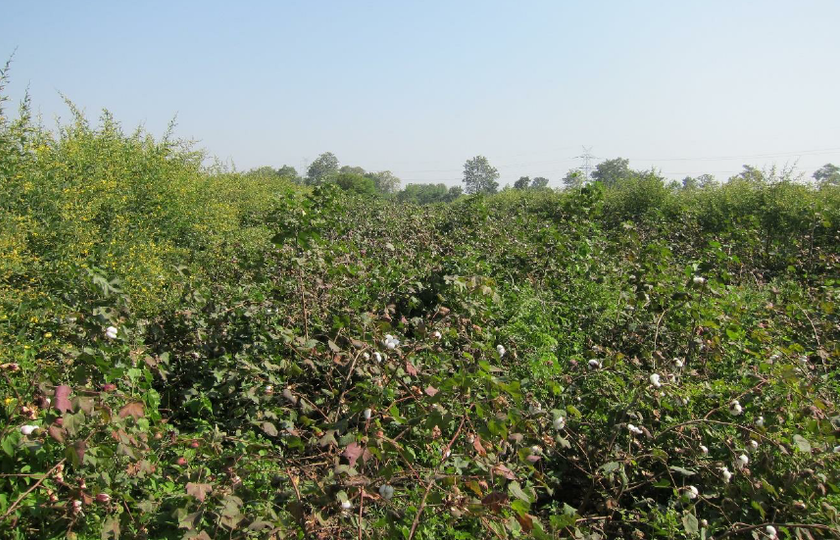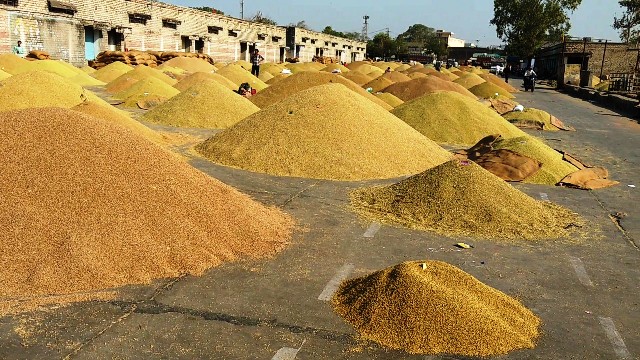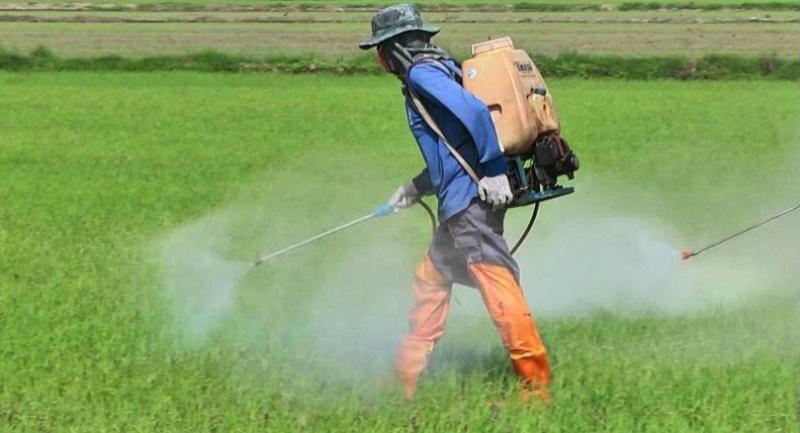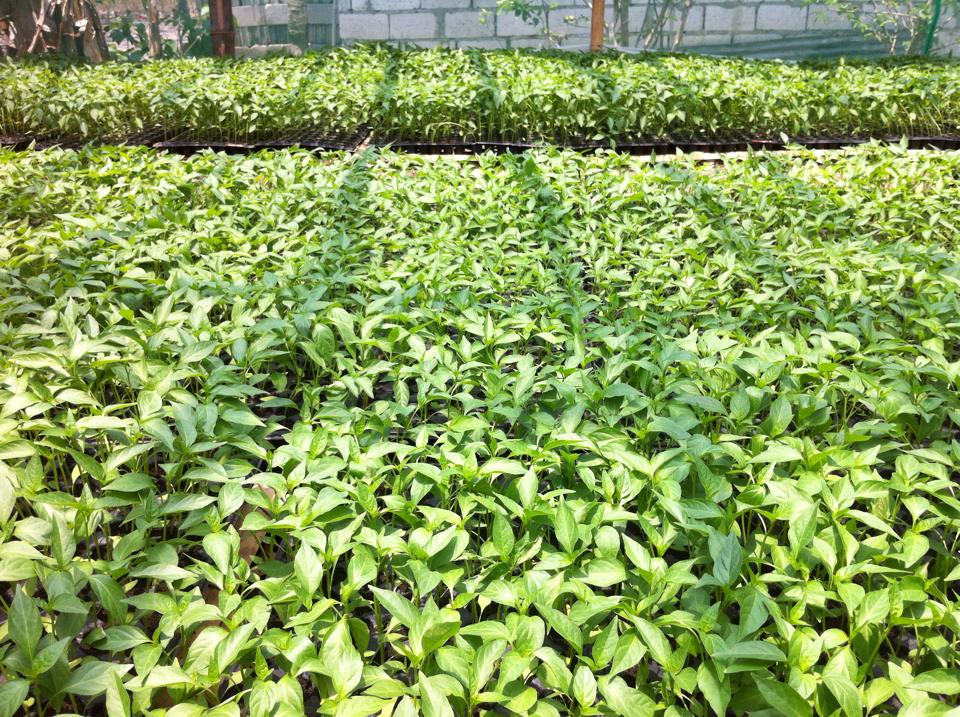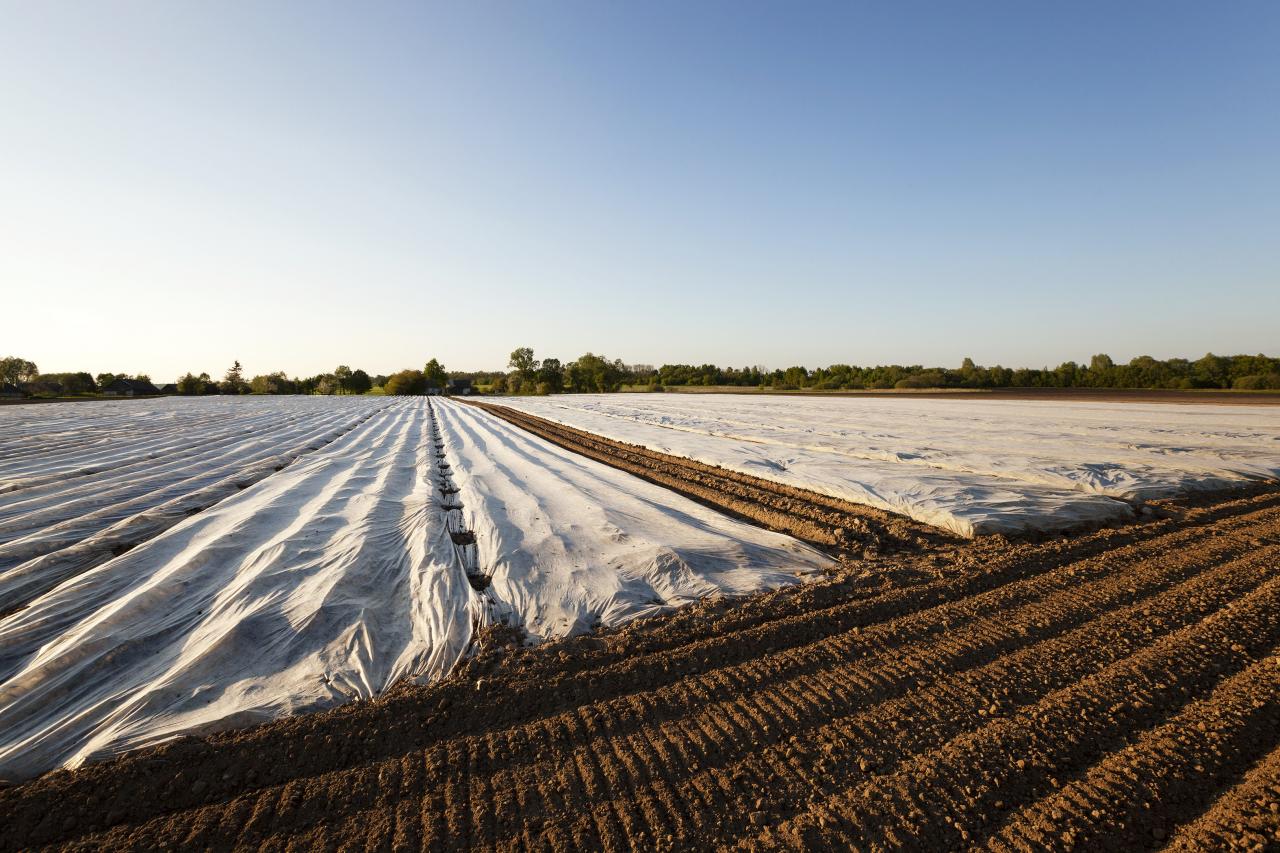India has always been an agricultural country and even today India holds the number one position in the production of many crops all over the world. This is when the infrastructure of the Indian agriculture sector is not as modern as other developed countries. However, the government is now moving forward to make this agricultural infrastructure more modern and developed.
Finance Minister Nirmala Sitharaman announced last Friday a Rs 1 lakh crore package for the development of agricultural infrastructure as part of the Aatm Nirbhar Bharat campaign announced by PM Modi to tackle the economic crisis that has arisen from the Corona epidemic.
This large package of one lakh crore rupees will develop the agriculture sector across the country. It will help to develop a cold chain, value chain under it. Farmers’ Production Federation, agricultural entrepreneurs, startups, etc. will be able to get its benefits on the farmgate.
Finance Minister Sitharaman has made several big announcements in the last few days regarding agriculture, which is arousing new confidence in the minds of farmers. If these announcements are realized on the ground, then the Indian economy will also get good momentum.
Share

